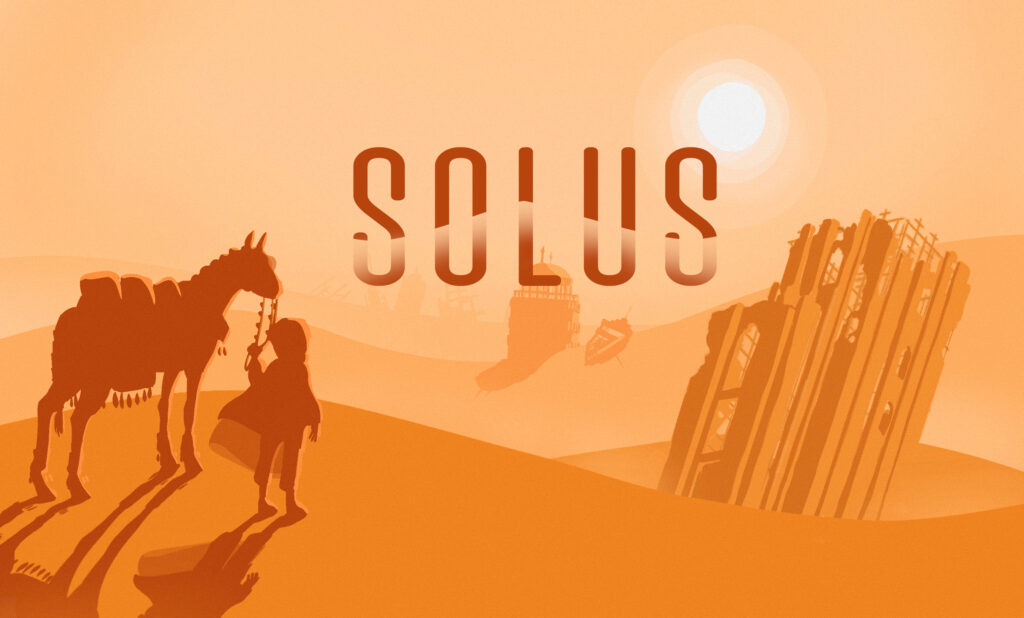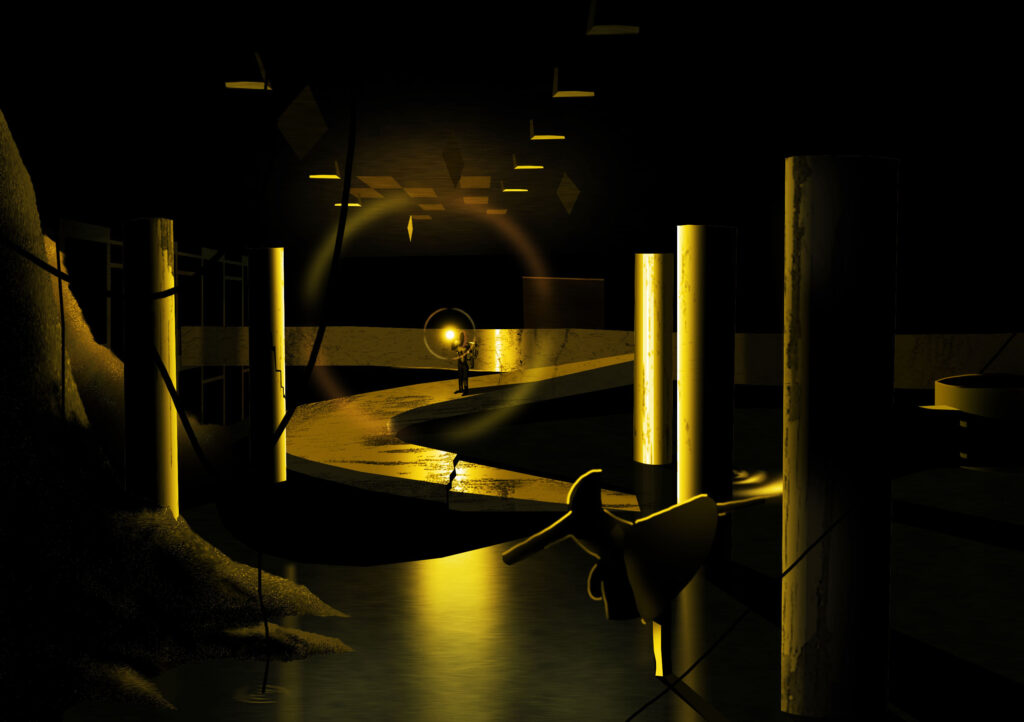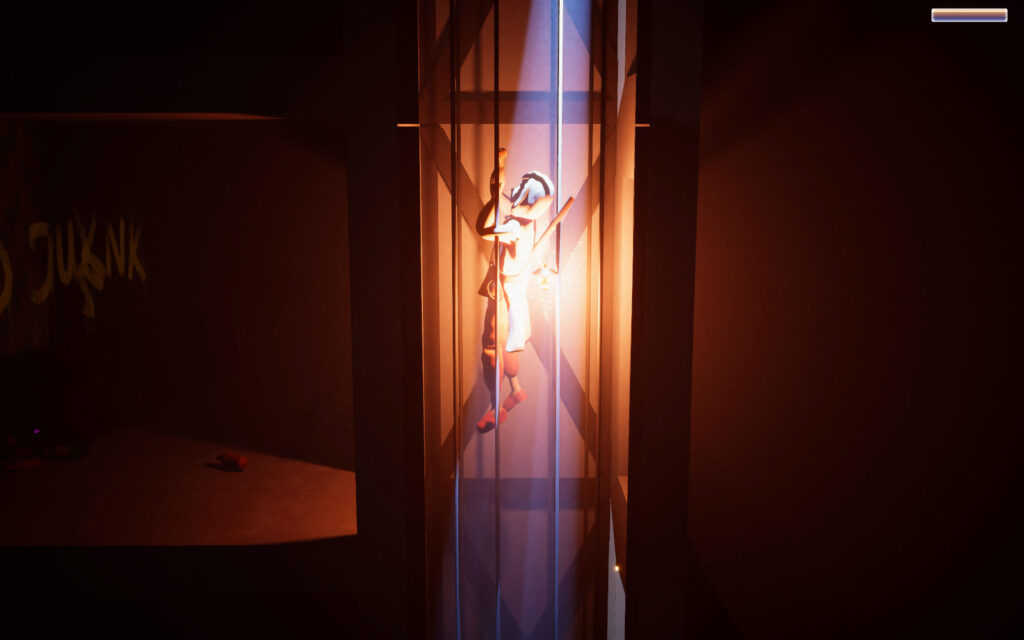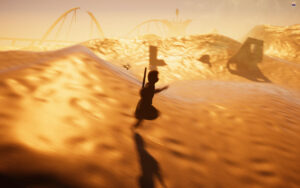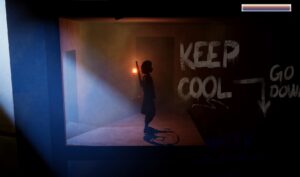The protagonist (we never came up with a name for her) moves along a 2D plane in a 3D environment, with generally realistic platforming movement inspired by Flashback: The Quest For Identity. The system uses the Unity physics engine, manually controlling the character’s momentum to create grabbing and climbing, and adds quadratic drag for “crunchier” falling per Bennet Foddy’s 2015 GDC lecture. I started by modifying an existing character control script, the final system ended up a complete rewrite.
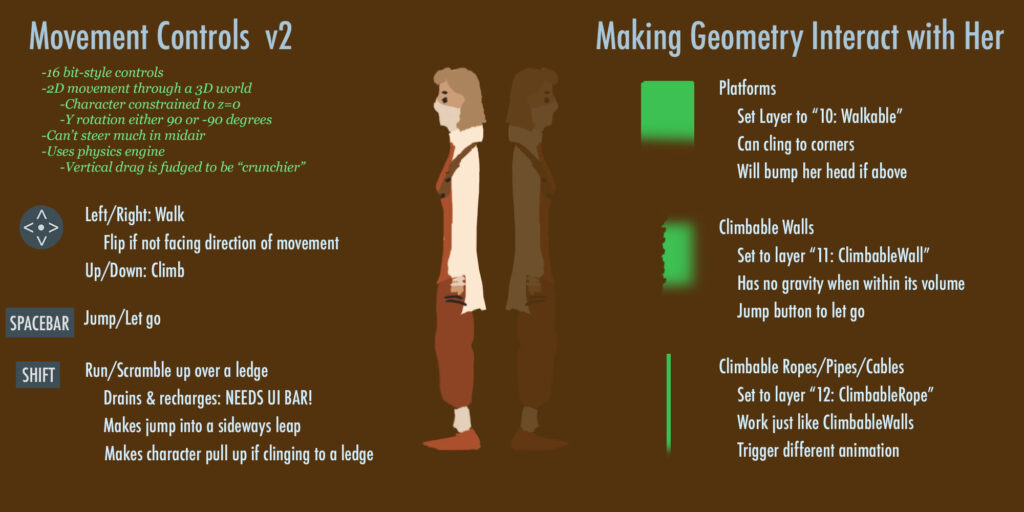
Character interaction is controlled with Layers. If an object has a Collider and is in Layer “Walkable,” the protagonist can traverse it, including ledge grabbing when appropriate. Rope climbing is the same, only with Layer “ClimbableRope.” (Wall climbing was also implemented, but cut for time.)
Want to play with it? You can download the Unity package here. Feel free to use the controller scripts & prefab setup for whatever you’d like (but not Anastasia Jacobsen’s cute character model please!)
Footprints are based on the method used in Röki. At the animation frames of the walking and running cycles where the foot first makes contact with the ground, an animation event is called with a boolean indicating left or right foot. A Projector Prefab with a Normal Map Texture is then instantiated at the location of the foot’s Bone. The Prefab has its own script, which fades the Normal Map out over 10 seconds, and then self-deletes.
The Solus demo is available on to download and play on Itch.io (Mac & Windows).

